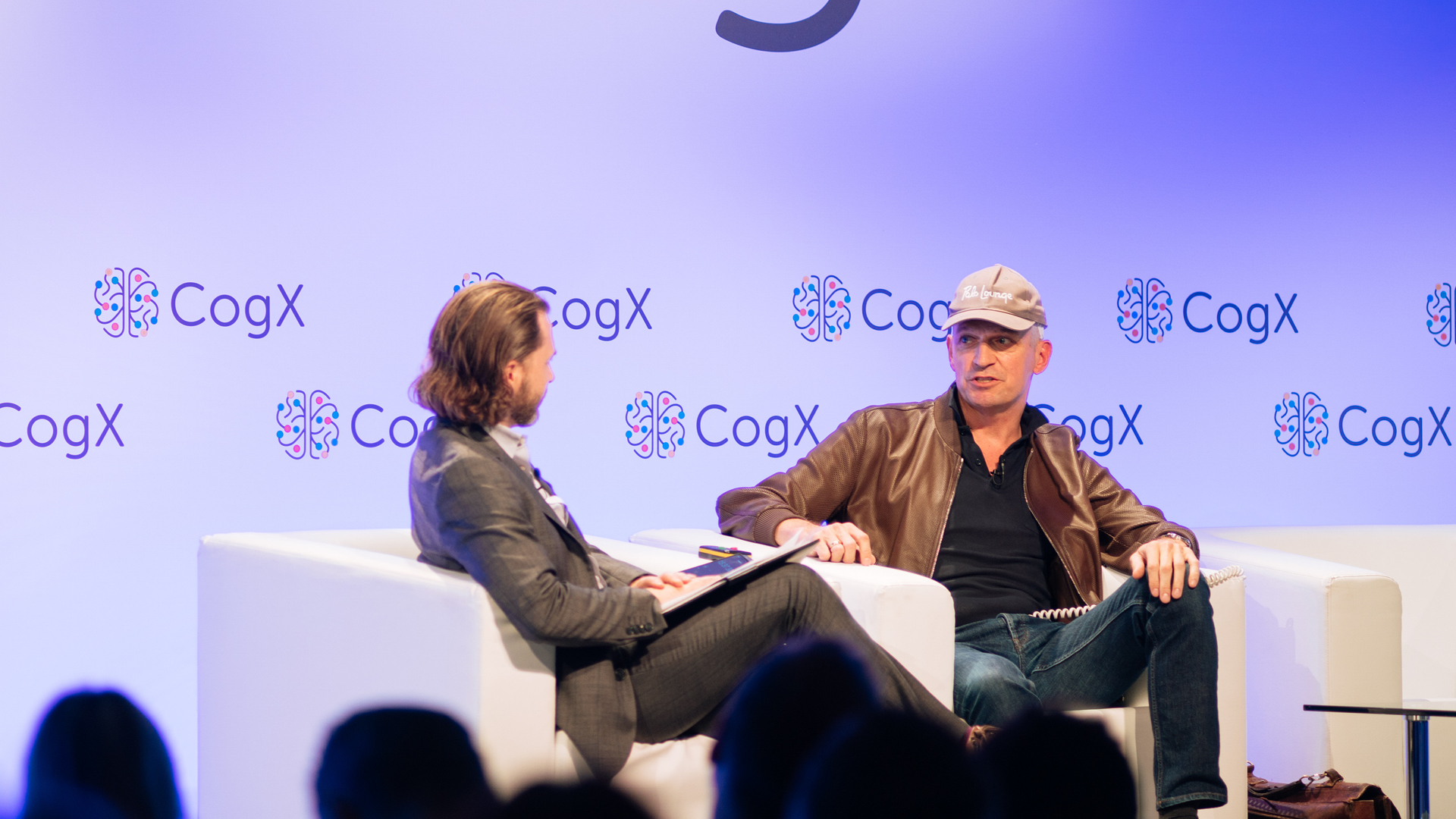12th June 2018
BlogMatt Eagles is our Head of Patient Engagement at Havas Lynx Group. On the 11th and 12th June 2018, Matt attended CogX, an event that brings together over 4000 attendees and 300 speakers across 5 main stages to discuss the impact of AI across all industries, including how it will affect the future of health. In this blog, Matt shares his experience from the first day of the event…
Being amongst a whole bunch of people from all over the world with brain capacities that would scare Einstein is a pretty daunting prospect. However when you look beyond their overwhelming intelligence, you realise that these people have compassion and are committed to make the world a better place for everyone using AI .
Take Andrew Funk, the #HomelessEntrepreneur for example, he spent the night before the conference sleeping rough under Southwark Bridge with a book ‘AIQ, How Artificial Intelligence works and how we can harness its power for a better world’ as a backrest. The dichotomy in his hashtag is seemingly outrageous, political parties generally side with one side or the other, but as Funk himself says “in reality it brings the two sides together in the same and neither sides know why!” Essentially Funk is working in a scientific way using AI to get homeless people back into the workplace. Finding people to match to jobs, and jobs to match to m=people. He claims that in his experience, one of the biggest causes of homelessness in the world are economic and the breakdown of personal relationships. Many homeless people are left feeling ‘un-human’ and far from valued members of society. So, he argues that we humanise homelessness by recognising the skills people have, and matching those skills with suitable jobs, we are providing value, but more importantly that person can feel valued.
On a lighter note, on the ‘lab to live stage 5’ Mark Palatucci the co-founder, Head of Cloud AI / Machine Learning at Anki gave some great insights into the mass adoption of robots into the home. His talk didn’t just focus on mass adoption, but he also discussed the movement from IQ (Intelligence Quotient) to EQ (Emotional Quotient) i.e. the intelligence of robots to emotional skills and the ability to recognise and replicate human emotion. Anki developed the very clever AI toy robot COZMO which is loved by children and adults alike.
Palatucci explained that there were four main pillars to a good robot like COZMO
- Vision and sensing, including face detection, object recognition and motion estimation
- Animatronics, high fidelity joints, OLED display, voice and sound
- AI, interpret world, understand user, plan actions
- Interactive Content, film style animations, activities, soundtrack
The secret of success was diversity and using multidisciplinary teams. They didn’t only seek advice from animatronics experts but from engineers and behavioural scientists who had totally different perspectives in analysing movement and human behaviour. Their reasoning? A robots behaviour needs to be organic and unpredictable, just like a humans – they need to be emotive characters.
Making Art Smart with AI – are chat bots all they are cracked up to be? One of the major problems when trying to analyse texts like Shakespeare’s Hamlet is bots tend to reset themselves because the conversation isn’t linear, resulting in the user experience becoming awkward and unappealing. This was beautifully illustrated by the actors Nick Burns and Sarah Hadland (who superb bot impersonation was so convincing that when I closed my eyes I couldn’t believe it was a human talking!).
Our good friend Dr Jack Kreindler then took to the Impact Stage for an impressive two and a half hours hosting a fireside chat with Europe’s most radical tech entrepreneur Stefan Roever, followed by two panel sessions. The first one ‘Could AI Cure Cancer?’ and the second one ‘Is Artificially Ending Life Intelligent?’
I have heard Dr Jack talk glowingly about the remarkable achievements of the courageous and dynamic Roever. Aside from his incredible business achievements, Roever battled with, what in most cases is a terminal cancer, and won by risking his own life on a rarely tried immunotherapy. In his owns words, he was successful as he elegantly states…“Well I’m not dead.” His black humour was as sharp as his eye for investing in biotech companies, but when his story was told to the backdrop of him breaking down the Berlin Wall, it was hardly unsurprising!
